UNICEF
Global childhood immunization coverage stalled in 2023, leaving 2.7 million additional children un- and under-vaccinated compared to pre-pandemic levels in 2019, according to WHO and UNICEF data. The latest estimates highlight the urgent need for catch-up efforts and system strengthening to close the immunization gap.
UNICEF Executive Director Catherine Russell emphasized the necessity for global efforts and investments in primary healthcare to ensure every child gets vaccinated. The data revealed that the number of children receiving three doses of the DTP vaccine stalled at 84%, with 14.5 million children missing their first dose.
More than half of the unvaccinated children are in fragile settings, vulnerable to preventable diseases due to disruptions in health services. Despite some progress, global immunization coverage has not returned to 2019 levels, with ongoing challenges like healthcare service disruptions, vaccine hesitancy, and access inequities.
Measles outbreaks, driven by low vaccine coverage, have impacted 103 countries, highlighting the need for improved immunization efforts. Conversely, strong HPV vaccine coverage saw an increase, particularly in Gavi-supported countries, reaching 27% of adolescent girls globally in 2023.
To meet the Immunization Agenda 2030 targets, increased investment in innovation and collaboration is essential, along with robust political and community support.





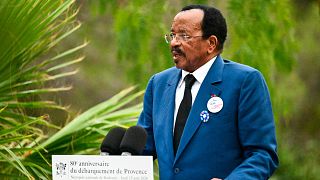
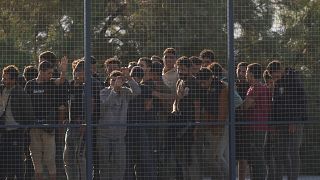
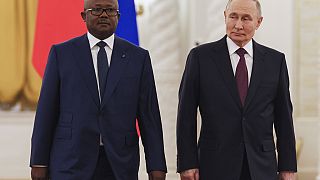
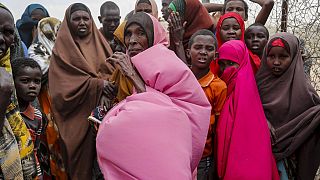
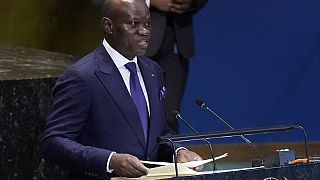
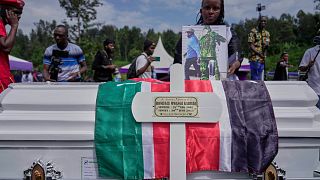
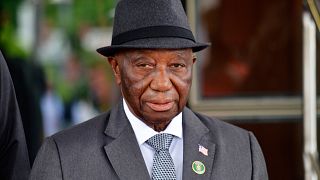
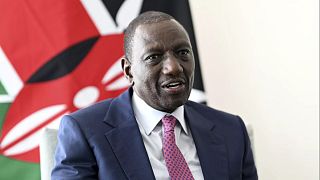
01:04
South Africa reports new bird flu outbreak on poultry farms
01:12
One child displaced every five seconds in MENA region conflicts
01:05
Study finds millions of children at risk as global vaccine rates fall
Go to video
Over 40 killed in attack on Sudanese hospital: WHO Chief condemns “Appalling” strike
Go to video
Ghana confirms 34 new Mpox cases, total rises to 79
01:07
WHO says the mpox outbreak remains a public health concern